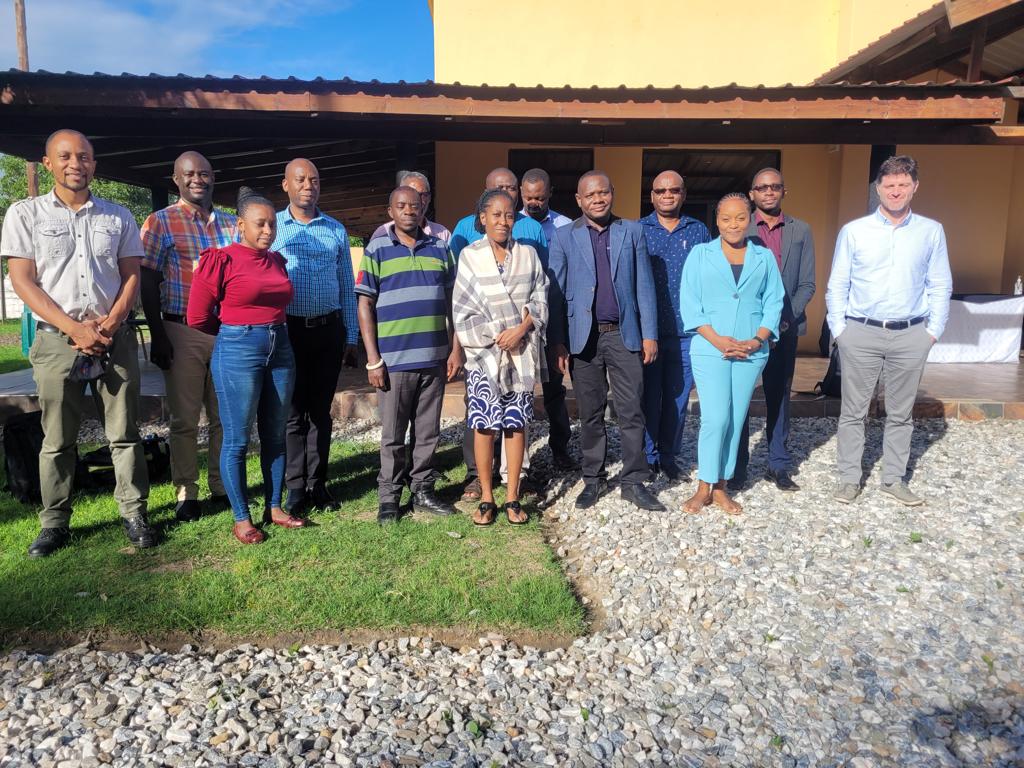
BACKGROUND AND CONTEXT
Country Parties (countries) to the UNFCCC must periodically compile national greenhouse gas (GHG) inventories and communicate them to the UNFCCC secretariat. To achieve this, GHG inventory systems are critical for developing and regularly updating national GHG inventories that, in turn, are foundational to national and international GHG mitigation efforts. Usually, the data for the GHG inventory development are collected from different stakeholders, including line ministries and the private sector. However, stakeholders need a greater understanding of the type and format of the data required.
Most countries have already received capacity-building support on the different aspects of the GHG inventory compilation, including the 2006 IPCC guidelines. However, capacity gaps and lack of awareness remain among the different stakeholders, including countries’ central units coordinating the final inventory, mainly because the inventory compilation is often outsourced to external consultants. Furthermore, under the Enhanced Transparency Framework (ETF) of the Paris Agreement, all countries must submit their 1st biennial transparency report, including their national GHG inventory under the ETF, at the latest by 31st December 2024 and every two years after that. The GHG inventory requirements under the ETF are enhanced compared to the current reporting framework, especially for developing countries. In this context, many developing countries are expected to face challenges in developing a GHG inventory that meets the ETF requirements (e.g., use of the 2006 IPCC guidelines, GHG inventory cross-cutting issues, and data collection).
Based on the assessment done by the CBIT-GSP programme, not much attention has gone towards the building capacity of data providers, which is the focus of this support. Many countries are in the process of developing institutional arrangements and a legal framework for data-sharing between the ministry responsible for the GHG inventory compilation and reporting and data providers, notably the line ministries. These arrangements and agreements need to be operationalized through a series of direct engagements and capacity building for the targeted sector-specific data providers.
The training focuses on the land use, land-use change, and forestry (LULUCF) sector of the national GHG inventory. During the training, participants will have the opportunity to learn in more detail how to develop the LULUCF GHG inventory per the 2006 IPCC guidelines and use the 2006 IPCC software for national GHG inventories. In addition, generally important elements related to the national GHG inventory management systems, such as the institutional arrangements (e.g., data collection, data management), cross-cutting (e.g., QA/QC, uncertainties), and reporting (e.g., common reporting tables) aspects will be covered.